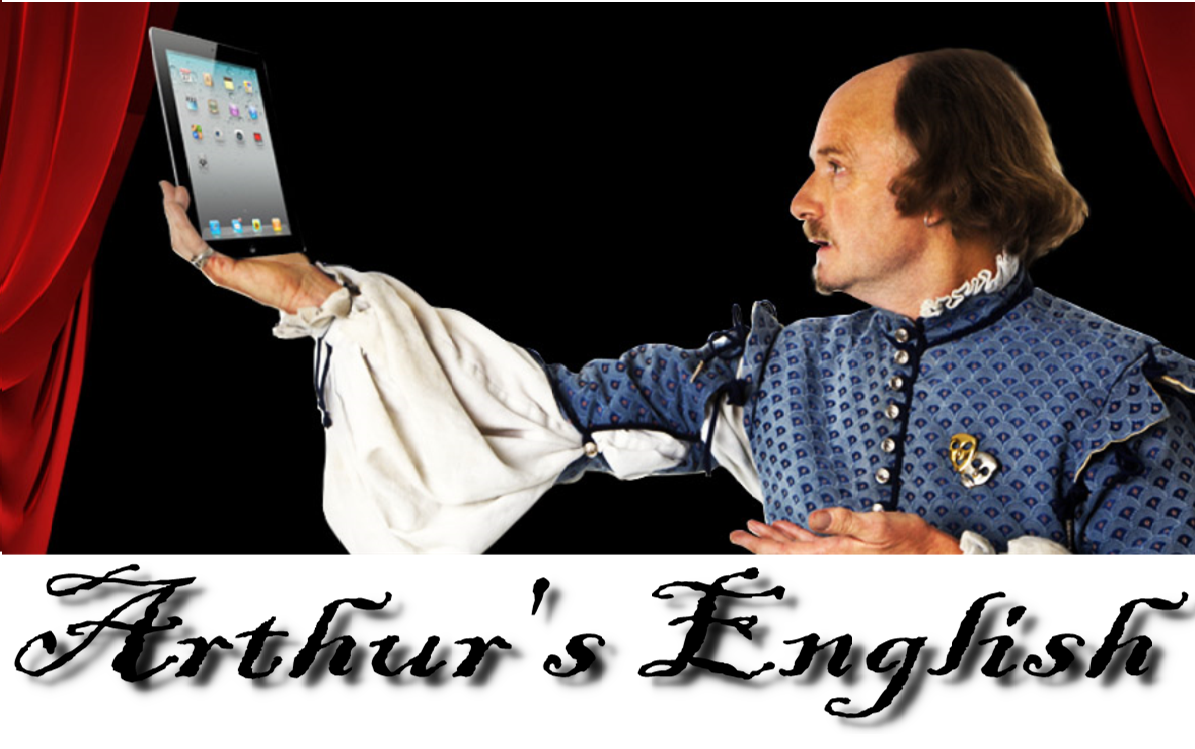
Geoffrey Chaucer, known as the Father of English literature, is widely considered the greatest English poet of the Middle Ages and was the first poet to have been buried in Poet's Corner ofWestminster Abbey. While he achieved fame during his lifetime as an author, philosopher, alchemistand astronomer, composing a scientific treatise on the astrolabe for his ten year-old son Lewis, Chaucer also maintained an active career in the civil service as a bureaucrat, courtier and diplomat. Among his many works, which include The Book of the Duchess, the House of Fame, the Legend of Good Women and Troilus and Criseyde, he is best loved today for The Canterbury Tales. Chaucer is a crucial figure in developing the legitimacy of the vernacular, Middle English, at a time when the dominant literary languages in England were French and Latin.
Middle English is the stage in the history of the English language during the High and Late Middle Ages, or roughly during the four centuries between the late 11th and the late 15th century.
Middle English develops out of Late Old English in Norman England (1066–1154) and is spoken throughout the Plantagenet era (1154–1485). The end of the Middle English period is set at about 1470, when the Chancery Standard, a form of London-based English, began to become widespread, a process aided by the introduction of the printing press to England by William Caxton in the late 1470s. By that time the variant of the Northumbrian dialect (prevalent in Northern England) spoken in southeast Scotland was developing into the Scots language. The language of England as used after 1470 and up to 1650 is known as Early Modern English.
Unlike Old English, which tended largely to adopt Late West Saxon scribal conventions in the period immediately before the Norman conquest of England, written Middle English displays a wide variety of scribal (and presumably dialectal) forms. This diversity suggests the gradual end of the role ofWessex as a focal point and trend-setter for writers and scribes, the emergence of more distinct local scribal styles and written dialects, and a general pattern of transition of activity over the centuries that followed, as Northumbria, East Anglia, and London successively emerged as major centres of literature, each with their own particular interests.


No comments:
Post a Comment